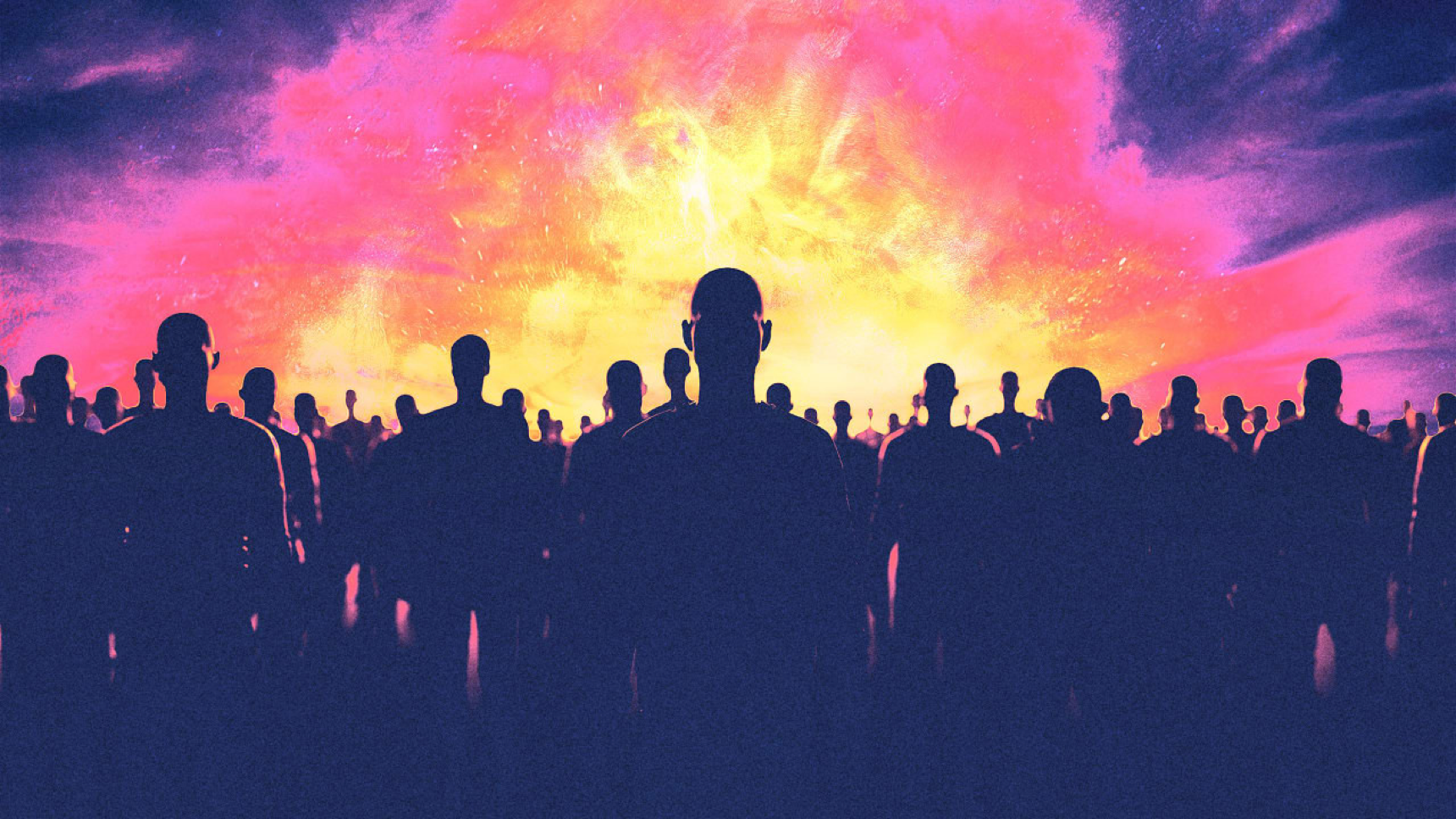Last year also saw unprecedented attacks on U.S. democracy—a president who refused to concede an election he lost, his allies who tried to overturn the results, his supporters who laid siege to the Capitol. Though few people would say so, these events also show what we might expect in a hotter, more turbulent world.
The public conversation around climate change is shaped by science, and science is focused on weather events that it can quantify and predict. It has less to say about the ways that climate change will impact our politics, which are harder to foresee. This limitation means that we scarcely discuss how rising temperatures will fuel more political turmoil of the kind we are seeing today. But the recent GOP power grab offers a glimpse of a world remade by climate change.
Certainly, climate models aren’t perfect. To make an accurate projection, scientists need good data about how the climate has behaved historically, and they need to make reasonable assumptions about how much we will pollute. But climate models are based on the immutable laws of physics, which are unfailing in their power of prediction. The models have a long track record of being highly precise and unnervingly accurate.
Models can tell you, for instance, that if we continue to burn fossil fuels with the same fatal enthusiasm, coastal waters will regularly flood much of Coney Island, Brooklyn. In one view, such predictions can be a source of comfort, as they appear to suggest that the rest of New York, those parts untouched by floods, will remain unchanged.
This is where the models come up short. If Coney Island is routinely flooding, then the rest of New York is unlikely to stay the same. It’s easy to imagine that the cost of flood insurance will skyrocket, and white-collar workers will retreat to the suburbs. Banks and tech companies will relocate to cities such as Buffalo or Chicago, which are better insulated against climate change. And those New Yorkers who remain, now facing a sagging economy and worsening crime, may come to support a populist authoritarian in the mold of Donald Trump.
Or maybe not. Science can’t tell us how this story ends.
Researchers have made some effort to predict how humans will respond to climate change. Studies find that, as the planet warms, people will become less productive and more violent. Rising seas will drive mass migration, and worsening droughts will lead to crop failures, economic downturns, and armed conflicts. Some research even finds that climate change will lead to more nationalism and authoritarianism. But none of these studies can say what, precisely, any of this means for the future of U.S. democracy.
Science can project sea-level rise down to the city block, but it cannot say where the rifts will appear in our social fabric as humans cope with more turbulence and deprivation. If there is a lesson in our recent political history, it’s that even small changes can have profound effects.
After Trump was elected, a new genre of political science research emerged that attempted to explain his unlikely rise to power. The results revealed an electorate more vulnerable to authoritarianism than we had previously understood.
Thomas B. Edsall, writing in The New York Times, chronicled how small, mostly white towns that saw small demographic shifts swung hard for Trump. In Elk County, Pennsylvania, home to a little more than 30,000 people, the number of Hispanic residents went from 142 at the turn of the century to 244 in 2016. In 2008, 51 percent of Elk voters backed Barack Obama. In 2016, 69 percent backed Trump. Wrote Edsall, “The very white municipalities that voted so strongly for Trump believe that they have reason to worry about the racial stability of their neighborhoods.”
What happens in a world imperiled by climate change? By one estimate, worsening drought in Mexico will spur as many as 6.7 million people to emigrate to the United States. It’s possible that Americans will welcome these newcomers. It’s also possible that mass migration will lead to an authoritarian surge.
For a 2014 study, researchers at Stanford investigated how people make sense of the warning labels on prescription drugs. They found that when people see one serious side effect—a greater risk of developing cancer—alongside several smaller side effects—dizziness, asthma, tremor, insomnia—they rated the drug as relatively safe. But when people saw only the higher risk of cancer and nothing else, they rated the drug as more risky.
The warning label on climate change is sprawling. The list of side effects is so long—floods, heat waves, wildfires, hurricanes, drought, pestilence, locusts—that it can be numbing in its effect. If there were to be just one line on the warning label, it should be this: Humans are capricious. Our democracy is fragile. Climate change will do more than alter the weather.
Jeremy Deaton writes for Nexus Media, a nonprofit climate change news service. You can follow him @deaton_jeremy.




